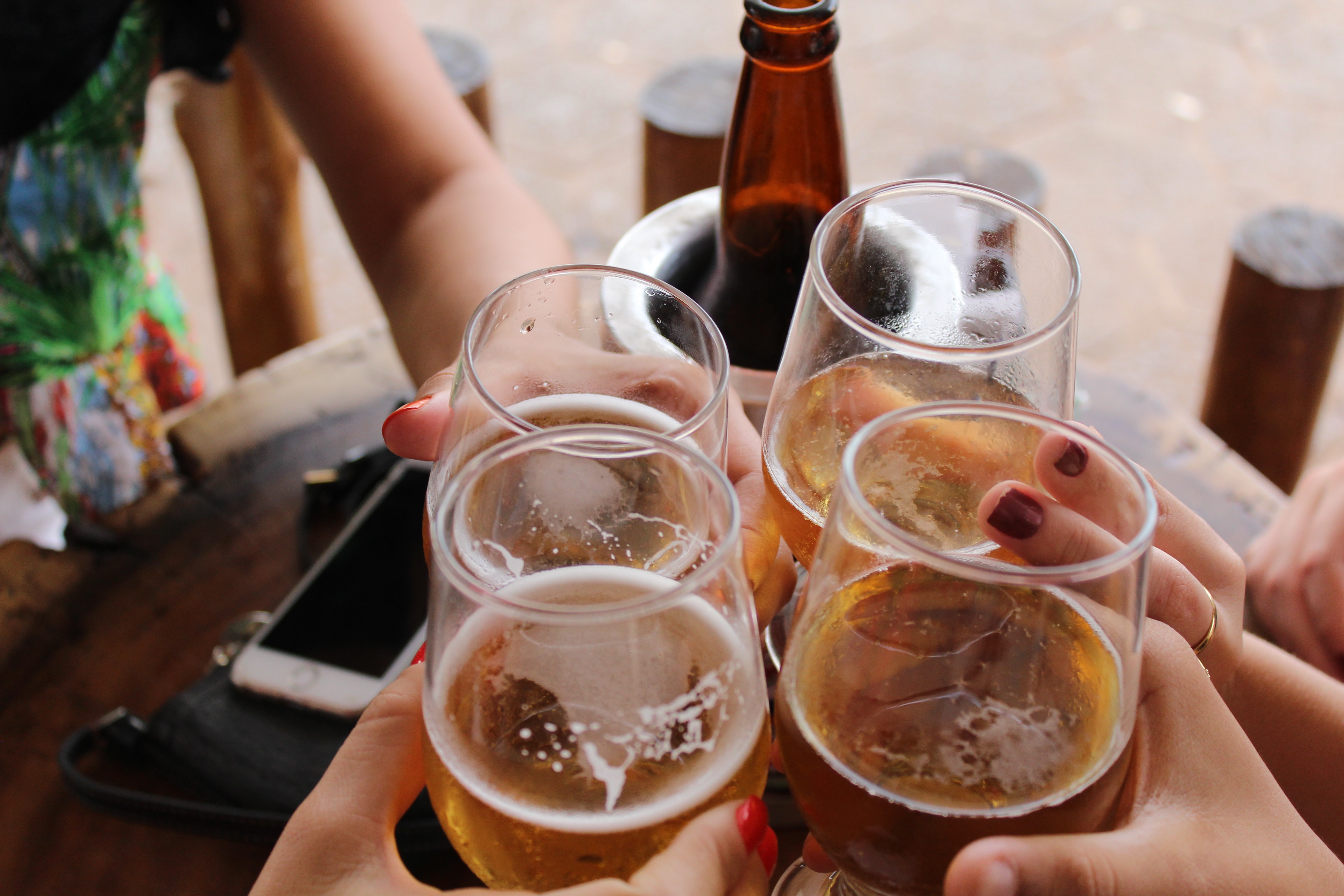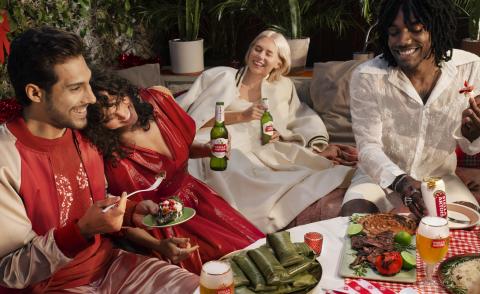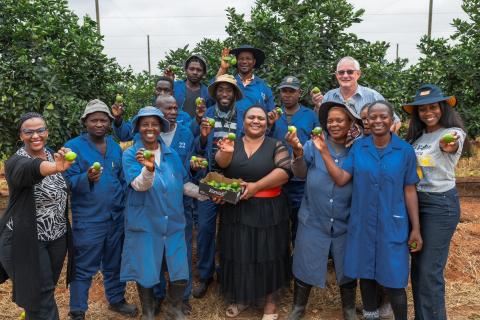
Increasing numbers of adult drinkers around the world are passing up on their traditional alcoholic beverages as trends show a shift to the no- and low-alcohol beer (Nablab) categories.
According to global market research company Nielsen, Americans are no longer as loyal to their historic adult drink of choice, whether it’s because they’re tapering consumption, adapting habits to improve general health and wellness, or simply opting to try something new. A Nielsen survey in 2019 found 47% of adult drinkers wanted to reduce their alcohol consumption to lead healthier lifestyle, and South Africa is no different.
The recent ‘Dry January’ movement demonstrates how health and wellness trends are taking hold across the world. Upon inspection, you will find the shelves of your local bottle store teeming with an ever-increasing number of Nablab products. Around the braai, you might have noticed your friends cracking open a Castle Free, which offers a real beer taste without the alcohol, or a Hansa Golden Crisp, brewed in an easy-drinking low alcohol style which has already taken Latin America by storm. Other lower-alcohol products include Flying Fish CHILL LITE.

During the United Kingdom’s ‘Alcohol Awareness Week’, a non-alcoholic beer was used to demonstrate to consumers that consuming fewer units of alcohol and reducing their calorie intake, didn’t have to mean giving up the great taste of a quality beer.
Non-alcoholic beer first made in appearance in America during Prohibition in 1919, when it was decided that the strongest a beverage could be, was 0.5 percent alcohol by volume. While in bygone years, sampling the Nablab range was a said to be little better than drinking flavoured water, but with improvements in brewing techniques producers can now control the amount of alcohol created, rather than simply de-alcoholising the end product. This means beers retain their flavour.
“An alcohol-free beer offers people the freedom of choice to still enjoy the taste and the sociability of a beer, and the sense of belonging of having a drink with one’s friends, but without the alcohol,” says Zoleka Lisa, Vice President Corporate Affairs at SAB. “It also allows the drinker to have a safer consumption experience by practicing ‘pacing’ by combining the consumption of alcohol beers with alcohol-free beers as a means of moderation.”
Pacing is one important component of moderate drinking. “The practice of pacing allows for safer and smart drinking options because a lower intake of alcohol over longer periods gives the body time to breakdown alcohol at a steady rate, therefore accumulating less alcohol,” Lisa says.
No matter what is driving the shift in drinking patterns, one thing is for certain, it has created the opportunity for new beverage categories to emerge, giving brands creative licence to sell myriad products from organic to low-carb and Nablab.
“As numbers of lighter or lower alcohol beer sales increase, it is a win-win situation for brewers and the public at large, as we grow our volumes while reduce the total alcohol consumption in South Africa, meaning a safer place for all.”



